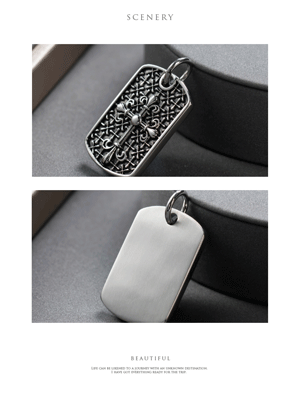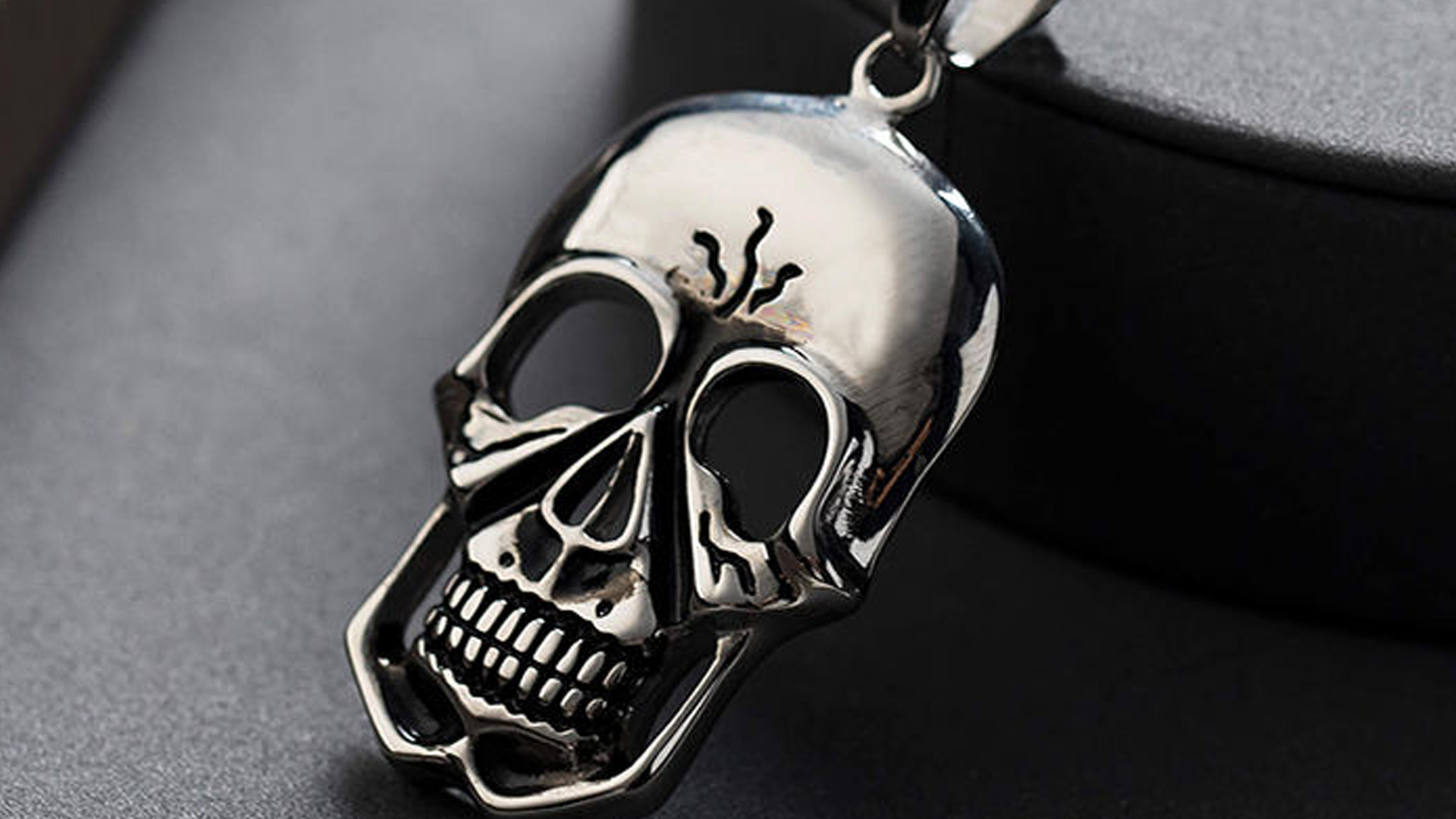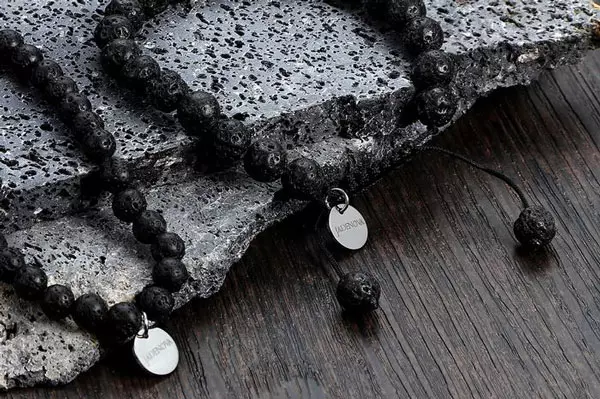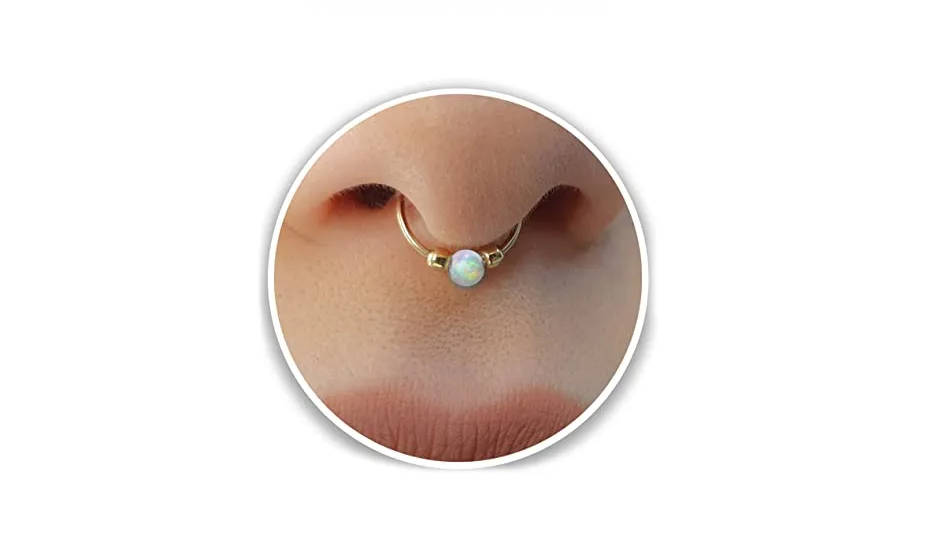WHAT IS STAINLESS STEEL?
We know that steel is an alloy of iron and carbon with a maximum carbon content of 2.1%. Stainless steels are a group of steels that are resistant to corrosion through the addition of alloying elements.
The term stainless steel is used to describe a family of about 200 alloys of steel with remarkable heat and corrosion resistance properties. The carbon percentage can range from 0.03% to 1.2%.
Its distinguishing characteristic is the high amount of chromium. Stainless steel contains a minimum of 10.5% of chromium that improves its corrosion resistance and strength.
The chromium in the alloy creates a passive layer on oxidation when exposed to air. This layer acts as a shield against further corrosion essentially making the alloy rustproof. This mechanism allows for retaining a spotless appearance for long periods under normal working conditions.
TO STOP RUST
The secret to stopping rust is to prevent oxygen from forming bonds with iron. The best way to do this is to get something else to bind with the iron first. After many experiments, it was discovered that by adding up to 10% of chromium to mild steel you get a new alloy that doesn’t rust – stainless.
This innovation, by the way, took place in Sheffield, England in the 1930’s, giving that city its reputation for making some of the finest cutlery in the world.
Stainless is not as tough as mild steel in many applications and it’s more expensive, but it also resists the corrosive effects of water and many other chemicals. Now, metallurgists play with different trace additives like manganese, copper and nickel to get stronger steels that are still rust-free.
WHAT IS STAINLESS STEEL USED FOR?
Stainless steels of various kinds are used in thousands of applications.
THE FOLLOWING GIVES A FLAVOUR OF THE FULL RANGE:

Stainless steel Cross Pendants Cool
316L Stainless steel cross pendants, so cool, so fashion-forward
Domestic – cutlery, sinks, saucepans, washing machine drums, microwave oven liners, razor blades
Architectural/Civil Engineering – cladding, handrails, door and window fittings, street furniture, structural sections, reinforcement bar, lighting columns, lintels, masonry supports
Transport – exhaust systems, car trim/grilles, road tankers, ship containers, ships chemical tankers, refuse vehicles
Chemical/Pharmaceutical – pressure vessels, process piping.
Oil and Gas – platform accommodation, cable trays, subsea pipelines.
Medical – Surgical instruments, surgical implants, MRI scanners.
Food and Drink – Catering equipment, brewing, distilling, food processing.
Water – Water and sewage treatment, water tubing, hot water tanks.
General – springs, fasteners (bolts, nuts and washers), wire.
BENEFITS OF STAINLESS STEEL FOR JEWELRY-MAKING
Stainless steel findings and wire have excellent integrity but are still bendable. It may take a little more “oomph” to bend it into the desired shape than other metals, but the advantage is that the finished stainless steel jewelry design will retain its shape more dutifully.
With its resistance to rust, oxidation and discoloration, this corrosion-resistant alloy is ideal for long-lasting jewelry designs. It’s also unplated and will not fade or chip over time. This metal is the best suggestion for those living in high-humidity locations, as the metal will keep from rusting much longer than other metals.
Jewelry made with these findings will endure heavy wear longer than those made with carbon steel and softer base metals.
Jumprings and loops made in headpins and wire are less likely to come open under the weight of pendants or multi-layer designs. Choose this metal for lanyards, key chains, men’s jewelry or other pieces that will receive a lot of use.
Due to the many unplated stainless steel jewelry materials, they are an excellent choice for wearers who are allergic or sensitive to metals such as copper or brass.
For designs where the findings will be in close contact with the wearer’s skin (especially in the summer-time when heat often exaggerates the reaction to skin) unplated stainless steel is one of the best options available. Stainless steel may contain some nickel, but it’s generally considered hypoallergenic for most people. This is the reason that type 316L stainless steel is often used as starter earrings for newly pierced ears.
Pair stainless steel findings and materials with designs that need some extra fortification, or simply use it to add a modern metallic resonance to any design for long-lasting stainless steel jewelry.
CONCLUSION
Stainless steel brings along corrosion and heat resistance besides the conventional properties of steel. It provides all the advantages of steel along with a few of its own. It does not corrode easily, endures rough environments better and has a longer service life.
But it is not completely true that it is stain-proof. Firstly, the resistance to corrosion depends on the grade. However, abnormal surrounding conditions such as low-oxygen, poor circulation and high salinity may stain it irreversibly.
Despite the above risks, stainless steel is a wonder material and has a highly positive impact on the industry as a whole. Due to so many grades with different properties, there is always a grade that is perfect for an application. It is essential to choose the grade wisely to ensure a cost-effective investment.
Ten articles before and after
WHAT IS STAINLESS STEEL JEWELRY?
WHAT ARE THE ADVANTAGES OF 316L STAINLESS STEEL JEWELRY?
THE DIFFERENCE BETWEEN 925 SILVER AND TITANIUM STEEL
WHY CAN SENSITIVE SKIN CHOOSE TO WEAR STAINLESS STEEL JEWELRY?
WHY CHOOSE STAINLESS STEEL JEWELRY?
WHY CHOOSE STERLING SILVER FOR JEWELRY




